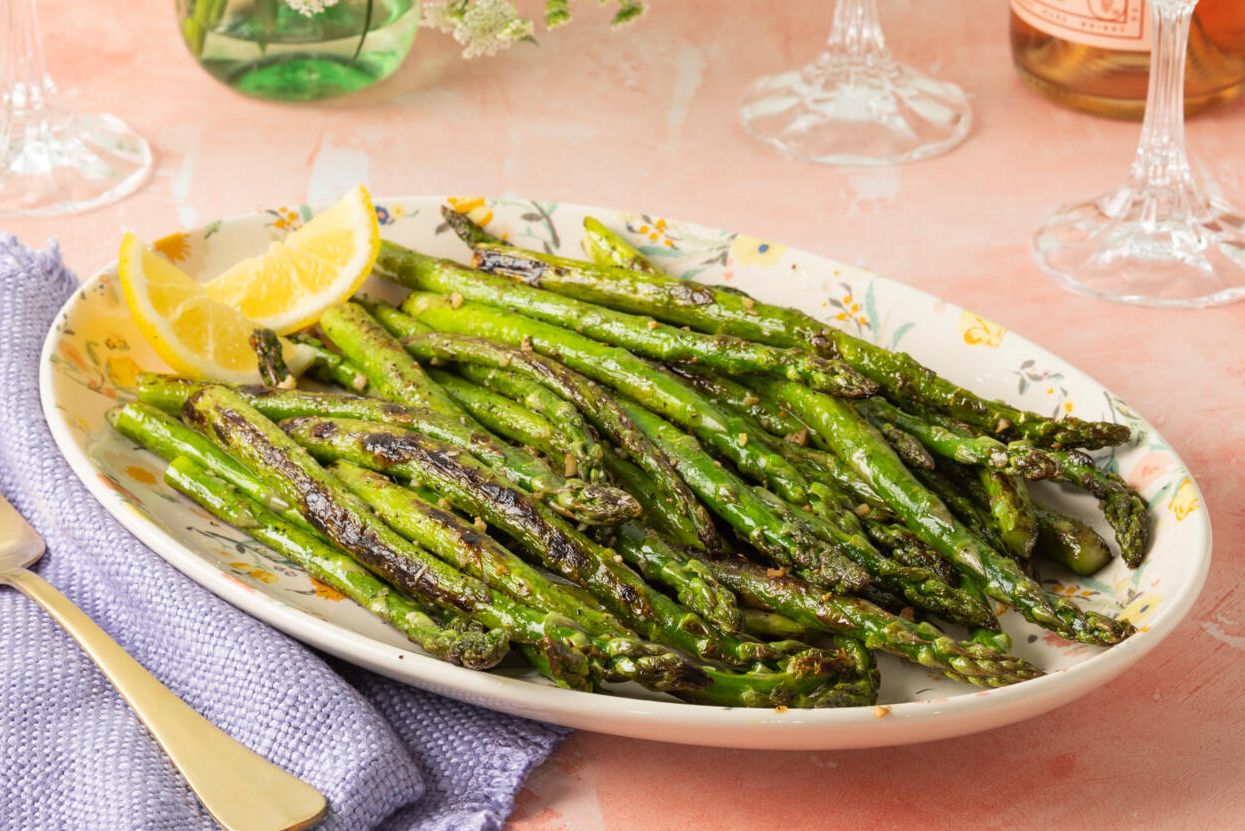
Effective Ways to Seal Granite for Optimal Protection in 2025
Granite countertops and tiles are a popular choice for homeowners due to their durability and aesthetic appeal. However, over time, these surfaces can become susceptible to stains, scratches, and wear if not adequately maintained. Sealing granite is essential to preserve its beauty and extend its lifespan. In this comprehensive guide, we will explore how to seal granite countertops and tiles, the granite sealing process, and the numerous advantages of sealing granite. By the end of this article, you will have a thorough understanding of the best granite sealers, how to apply them effectively, and the maintenance required to keep your surfaces looking new. Let's dive into the best practices for granite care tips as we explore sealing methods for various granite surfaces.

Understanding the Importance of Sealing Granite Surfaces
Granite is known for its natural beauty and durability, but without proper care, it can become damaged or stained. One of the main benefits of sealing granite surfaces is protection against liquid spills, food stains, and heat exposure. When granite is sealed, it creates a barrier that helps prevent substances from penetrating the surface. This makes it easier to maintain the granite and helps to keep it looking new for longer.
Moreover, understanding the different types of sealers available, such as penetrating granite sealers and surface sealers, can greatly impact the effectiveness of your sealing. Penetrating sealers absorb into the granite, providing deep protection, whereas surface sealers coat the surface, offering more immediate but less long-lasting protection. Therefore, it's crucial to choose the right type of sealer for your specific needs.
With these basics established, let’s discuss the steps involved in the granite sealing process and how to prepare your surfaces for sealing.
Preparing Granite for Sealing
Before applying any granite sealant, thorough cleaning of the surface is imperative. Use a mild granite cleaning solution to remove any dirt, grease, or residue. It’s vital to ensure the surface is completely dry before proceeding with sealing. Furthermore, if your granite surface has any visible scratches or dull areas, consider refinishing the surface for an optimal seal. This extra step enhances the effectiveness of your granite sealing products.
When to Seal Granite
Timing is crucial when it comes to sealing granite. Generally, you should seal your granite surfaces every 1-3 years, depending on usage and the type of sealer applied. For kitchen countertops and high-traffic areas, more frequent sealing is advised. Testing the stone’s absorption can help determine the right timing: simply sprinkle some water on the surface; if it beads, the seal is still effective; if it soaks in, it’s time to reseal.
Once you understand when to seal granite, it is valuable to know the sealing vs not sealing granite implications. Unsealed granite is more prone to absorption of oils and liquids, leading to staining and potential damage.
Application of Granite Sealants
Now that you have prepared your granite for sealing, let's delve into the practical aspects of applying sealant efficiently. There are various granite sealing techniques that you might consider.
Step-by-Step Process for Applying Granite Sealer
First, make sure the granite is clean and completely dry. Then, select a quality granite sealer, whether oil-based or water-based, based on your granite surface needs. Lightly spray or apply the sealant with a soft cloth, working in small sections to ensure complete coverage. Allow it to penetrate for the recommended time as per the manufacturer’s instructions – typically, 15-30 minutes – and then wipe off any excess with a clean cloth. It’s vital to not leave excess sealant on the surface, as it can create a sticky layer leading to dirt accumulation.
Granite Sealer Tiers: Oil-Based vs. Water-Based
Understanding the differences between oil-based and water-based granite sealers can impact the longevity of your granite’s finish. Oil-based sealers offer stronger stain protection and can penetrate deeper; however, they may require longer drying times. On the other hand, water-based sealers are easier to apply and clean up but may not provide the same level of protection. Evaluating the use of granite sealer features will help you make the best choice for your home.

Sealing Different Granite Types
Not all granite surfaces are the same, which requires a tailored approach based on the granite type. For instance, honed granite may require different sealing products compared to polished granite. Polished surfaces can benefit from extra shine-enhancing sealers post-application, while rough surfaces may need a thicker sealant to fill in the pores. Understanding these distinctions ensures optimal granite protection, especially for outdoor applications where additional weatherproofing may be necessary.
Maintaining Sealed Granite Surfaces
The benefits of sealing granite extend beyond the initial application. Proper maintenance is key to ensuring that your seals last and perform effectively. Regular cleaning with gentle, pH-balanced products is advisable to keep surfaces clear of harsh chemicals that can degrade the seal.
Regular Cleaning and Maintenance Tips
Incorporate routine cleaning into your granite maintenance plan. Wipe down counters after use and avoid abrasive cleaners that may scratch the surface. Instead, use a soft cloth or sponge along with a suitable granite cleaning solution. Additionally, avoid placing hot pots directly on sealed granite surfaces, as extreme heat can compromise the seal over time.
Granite Sealing Frequency
Understanding granite sealing frequency is essential for long-term maintenance. Regular testing for water absorption can guide you on when to reapply the sealant. Additionally, be mindful of environmental factors such as humidity and temperature, which can influence the sealing frequency.
Caring for Your Granite Post-Sealing
After sealing, continue to monitor your granite surfaces for signs of wear or damage. Addressing issues proactively, such as repairing chips or scratches before they worsen, ensures the long-term durability of your granite. Moreover, invest in quality granite maintenance products to further enhance the care you provide.
Common Granite Sealing Issues and How to Avoid Them
Even with the proper sealing techniques, various common issues can arise. Understanding these problems and their solutions can help you maintain the integrity of your granite surfaces effectively.
Granite Sealing Mistakes to Avoid
One prevalent mistake is applying sealer on wet or damp surfaces, which prevents proper adhesion. Another error includes using incompatible products – always ensure that your cleaning agents and sealants are safe for granite. Also, neglecting to reapply sealant according to manufacturer recommendations can lead to unforeseen stains and damage.
Troubleshooting Granite Sealers
If you experience problems after sealing, such as hazing or sticky residues, consider these troubleshooting tips: Always follow the manufacturer directions, and if issues persist, consult with a professional for advice.
Granite Sealing Myths Debunked
Many myths surround granite sealing, particularly misconceptions about needing to seal granite often or that sealed granite is unprotectable. Engaging in accurate education about sealing can alleviate these misconceptions and ensure you make informed decisions regarding your granite care.
Frequently Asked Questions About Granite Sealing
Q: How often should I seal my granite countertops?
A: Typically, granite countertops should be sealed every 1-3 years, depending on use and type of sealer. Regular testing for absorption can guide this frequency.
Q: Can I seal granite myself?
A: Yes, sealing granite countertops yourself is feasible with the right products and guidance. Ensure to follow cleaning and application instructions meticulously.
Q: What is the best time to seal granite?
A: The best time to seal granite is when it is clean and dry. Avoid sealing in high humidity or extreme temperatures for the best results.
Q: Are there environmental concerns with granite sealers?
A: Yes, some granite sealers contain chemicals that can be harmful. Choosing eco-friendly, low-VOC options can reduce environmental impact.
Q: What should I do if I notice stains on my sealed granite?
A: If stains appear on sealed granite, act quickly with a suitable granite cleaning solution. For stubborn stains, consider professional restoration services.
By understanding the ins and outs of sealing granite, you can maintain the visual appeal and structural integrity of your granite surfaces for years to come. With careful application of granite sealers and commitment to regular maintenance, your investment in these beautiful surfaces will provide lasting benefits.